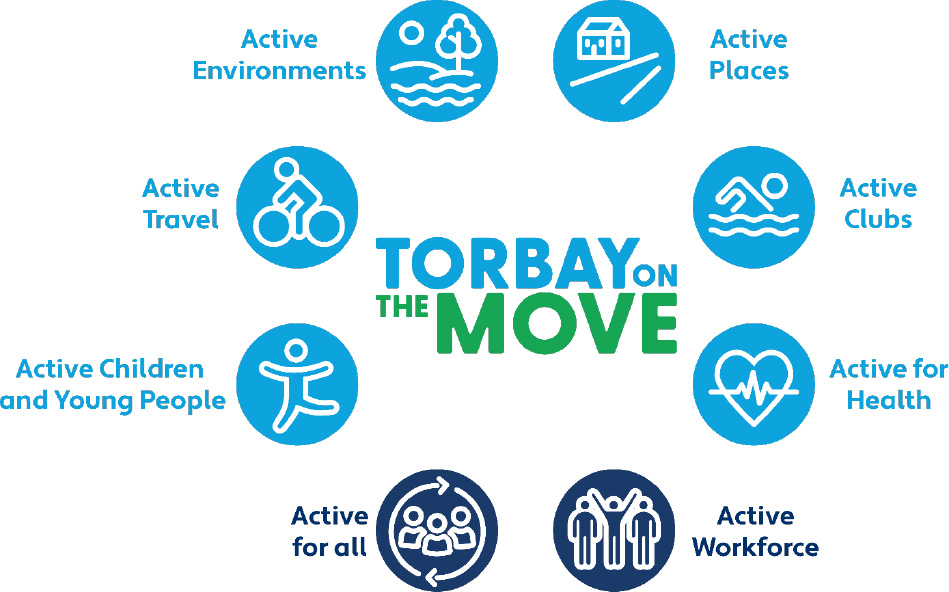
Barriers to being physically active
Addressing the barriers that contribute to lower rates of physical activity among women and girls is crucial for improving public health and well-being.
According to Sport England in 2024, more men (at 65.9%) are more likely to be active than women (at 61.2%), although activity levels have increased in both groups over the last seven years [30]. Data from the Adult Active Lives Survey and Children & Young People’s survey shows that 1 in 4 Adults in Torbay [31] and 1 in 4 Children and Young People [32] are physically inactive. The differences in physical activity levels across those from lower income backgrounds exacerbates these inequalities further.
The reasons behind women achieving less time for sport and physical activity are complex and multi-faceted. In a recent systematic review and thematic analysis [33] findings highlighted barriers such as a lack of time, body image and societal beauty standards, family duty and social support, religious and cultural norms, organisation and community facilities and environment, safety issues and physical environment. These factors are intertwined and affect women’s participation in physical activity at various levels, suggesting the need for a holistic and multi-level approach to address these challenges.
In Torbay there are some excellent green and blue spaces, which creates opportunities to be in nature and improve physical and mental health. Local sports and health initiatives [34] are available to support local women to engage with more local physical activity.
Addressing the barriers that contribute to lower rates of physical activity among women and girls is crucial for improving public health and well-being. Efforts to promote inclusivity in sports can lead to more active communities and help mitigate the long-term effects of inactivity and obesity. Torbay on the Move is a multi-agency initiative which aims to have ‘more people, more active, more often.’ The strategy takes a place-based approach to population health improvement by focussing on eight themes.

Recommendation:
Develop inclusive approaches that facilitate and support girls and women to become more physically active
[30] Long-term increase in activity levels positive but further action needed to tackle inequalities | Sport England
[31] https://fingertips.phe.org.uk/
[32] Active Lives | Children And Young People Activity Data (sportengland.org)
[33] Barriers and facilitators to physical activity for young adult women: a systematic review and thematic synthesis of qualitative literature – PMC (nih.gov)
[34] Sports and health initiatives – Torbay Council
